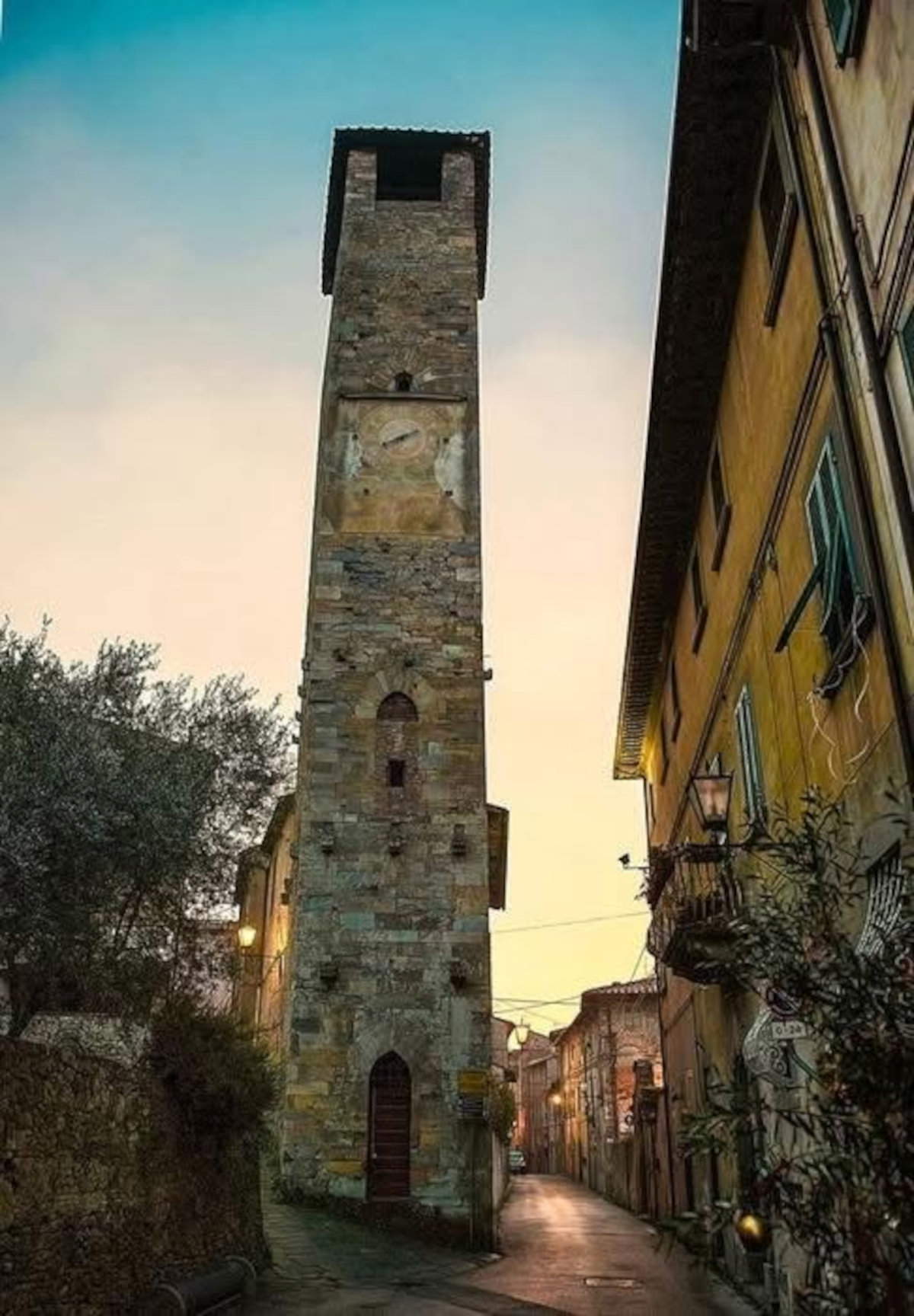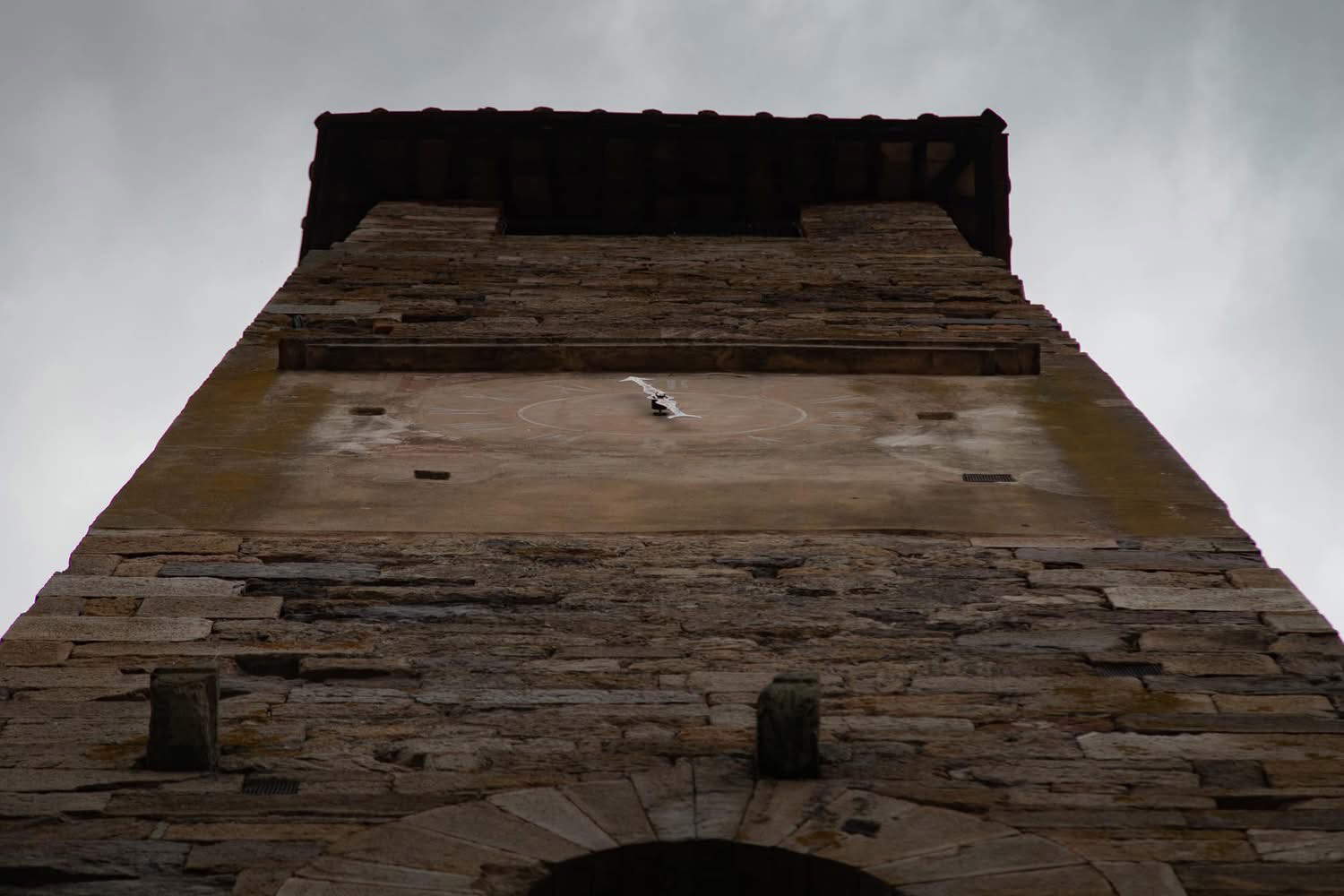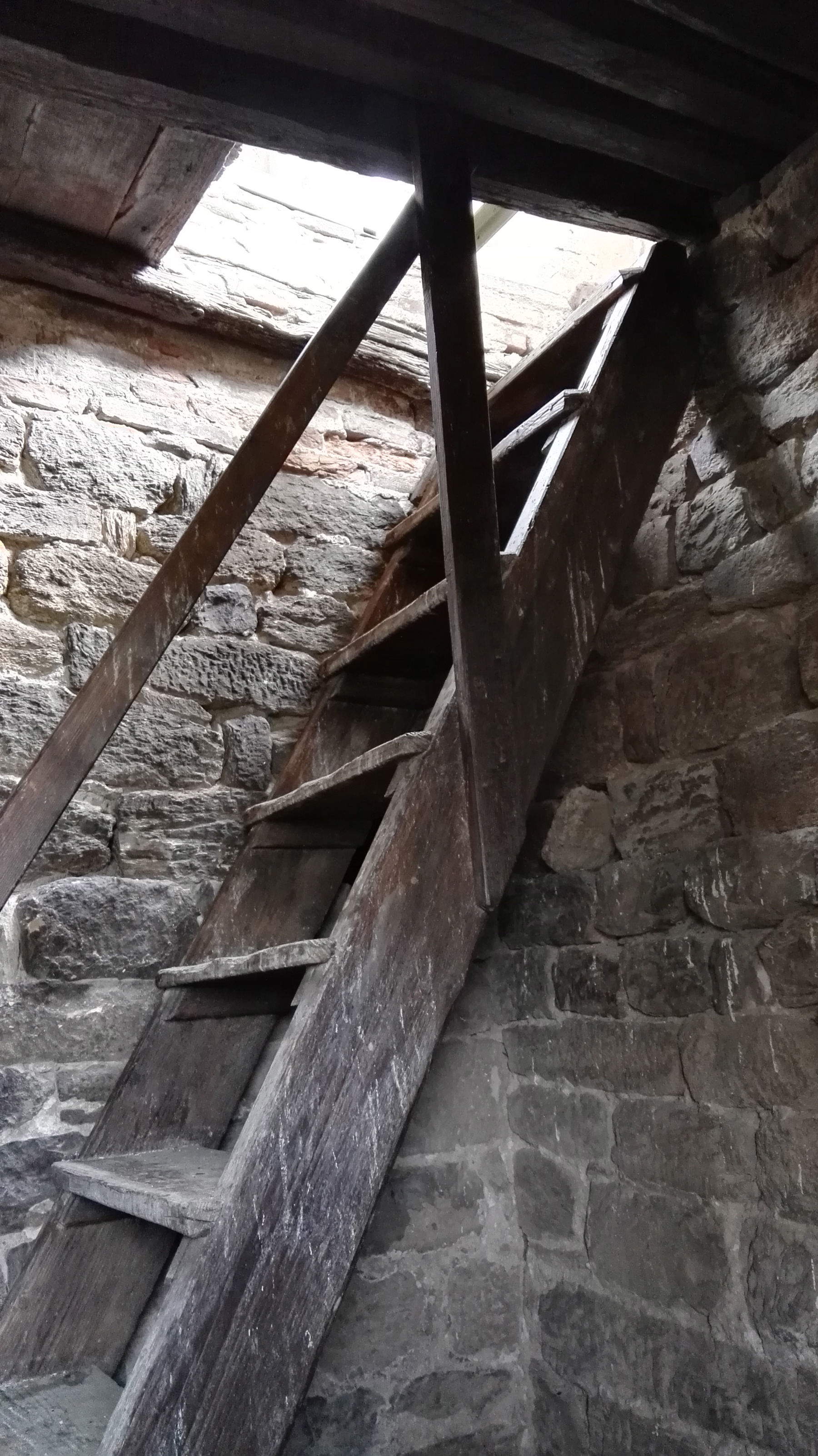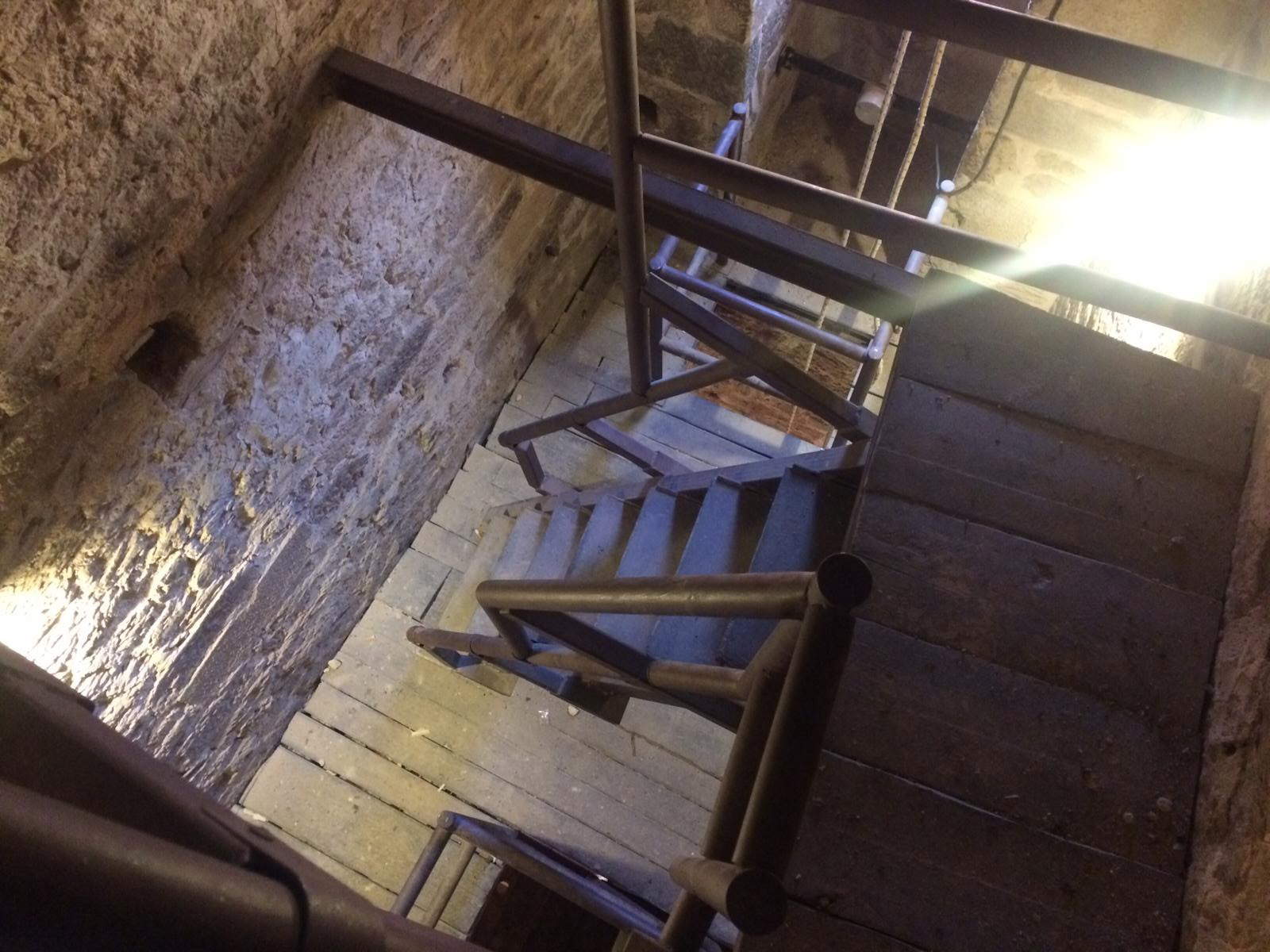Dominant and silent, Vicopisano’s Clock Tower has punctuated the life of the Tuscan village in the province of Pisa for centuries, overlooking the rooftops and stories of a community deeply tied to its past. After years of closure, it returned to open to the public in 2020 thanks to a major restoration project that involved citizens, institutions and local businesses.
A choral operation, capable of bringing to light the shared sense of belonging and care for the shared identity. The intervention, made possible thanks to theArt Bonus, raised a total of 85,361.83 euros: a significant amount, of which 50,610 euros came from liberal donations offered by the Pisa Foundation, business realities, professionals, associations, banking institutions and citizens. Conceived and promoted in 2017 by Mayor Matteo Ferrucci together with the Municipal Administration, the “It’s time to reopen it” campaign kicked off an important moment for the recovery of the Tower, which has been accessible to the public again since October 2020, by online reservation. The project also included the consolidation of the ancient medieval Pisan walls and the enhancement ofBrunelleschi’s Rocca, and helped restore full dignity to a heritage of great historical and architectural value.



“This was a renovation project aimed at making the interior of the tower accessible,” says Matteo Ferrucci, mayor of Vicopisano. “The intervention, including the executive phase, lasted less than a year. The work was delicate because of the conformation of the tower, which is tall and narrow, but the main objective was to ensure its safety and allow access. The project revolved around the concept of time, since it was a clock tower: hence also the title of the communication campaign, ”It’s time to reopen it,“ a play on words that emphasized the dual symbolic and functional value of time. We are talking about a tower that was once a military tower, then changed to a bell tower, and finally was used for other civilian purposes. It had been closed to the public for decades, and only those in charge of the bells had access to the interior. Tourists and visitors had never had the opportunity to visit it. The restoration,” Ferrucci continues, “is therefore part of a larger picture for two fundamental reasons: on the one hand, the increasing usability of the recovered assets; on the other, the ability to identify alternative solutions through a virtuous network of collaborations. Decisive in this sense was the role of the social promotion association involved in the recovery of the walls, the agreements signed with the foundation and the contribution of some private lending institutions. Public support was also fundamental, with interventions by the Ministry, the Region and, above all, the Region of Tuscany, which introduced a specific law on walled cities. We were among the first beneficiaries of this legislation, an expression of an innovative approach promoted at the time by the government. A commitment that translated into a constant presence on every available measure. The entire citizenry was involved in the restoration. It was a choral effort, made up of public presentations and shared moments. Nothing sensational, of course, but for our small hamlet it was a heartfelt event that everyone was talking about. At each meeting we distributed a bookmark with the words ”It’s time to reopen it,“ which became almost a symbol of the widespread and participatory initiative.”
The campaign to renovate the Tower was able to catalyze a membership enlivened by public events and sharing moments that involved the community. Among the most heartfelt initiatives, the possibility of adopting a step by dedicating it to a loved one, thus transformed the restoration into an intimate and at the same time collective gesture. During the months of work, citizens unearthed personal stories and fragments of memory that testify to how much the Tower, an authentic sentinel of time, is rooted in Vicopisano’s identity.


“The ’Adopt a Staircase’ initiative,” the mayor adds, “has gathered the support of dozens of businesses and families, becoming the symbol of the campaign. Some businesses supported the foundation with contributions, up to 40,000 euros, while others donated amounts between 5,000 and 1,000 euros. Many families, on the other hand, participated with smaller offerings, from 100 to 700 euros, but no less heartfelt. There were those who gave it to their grandchild, those who dedicated it to their deceased father, and those who offered it to their wife as a gesture of love. There was no shortage of dedications, brief but intense, accompanying the gesture: small tributes etched in the stone of memory. Climbing that ladder, for many, also meant recognizing themselves in an idea: that every step has value, and every contribution can build something that remains. In recent years, Vico Pisano has seen a noticeable change: more people are being seen, a diverse tourism coming from all over the world. There are visitors organized by international tour operators, such as Australians, who are often present, but also Italian couples, such as two backpacking university professors from Modena, who choose to explore the local trails and then stop to eat in the borgo’s restaurants. Until a decade ago, the historic center had few establishments: the gastronomic offerings were concentrated elsewhere. Today, however, there are four or five restaurants, and from March to October the village comes alive with a constant and discreet presence. This is not the hit-and-run tourism of the big art cities, nor the crowds disembarked from cruise ships in Venice. Here tourists integrate with the local fabric: they stop in the bars, they participate in the life of the village. There is no invasion, not even in numbers. The recorded admissions, about three thousand a year, do not tell the whole story: many houses are rented privately, often by those who have renovated second homes in the hills or small apartments in the hamlet. The vision is clear: to keep Vicopisano alive and authentic, a place inhabited first and foremost by its citizens, but capable of attracting respectful tourism. The goal is a sustainable economy, a green pil that enhances the beauty and dignity of the area. Visitors themselves demand it ”Don’t change too much,“ don’t distort authentic Tuscany to turn it into an artificial destination of all the same stores and constructed folklore. Testifying to the village’s vibrancy are the recognition of the title of ”town" conferred by the President of the Republic, the Touring Club’s Orange Flag, and its presence on the main regional walking routes. There is no shortage of events: from the Medieval Festival in September, which attracts many visitors, to Castello inFiore, passing through one of the most important collectibles markets in Tuscany, every week there is something to experience. Every year thousands of people come from all over Italy to walk the mountain and discover the riches of the area."


Among the best-known symbols of the medieval Tuscan village, recognized as the City of Oil and the City that Reads, the tower dominates the urban scene with its distinctive profile. It stands at No. 47 Via Lante, once the vital artery of Vicenza’s commerce, a few steps from the Municipal Library, which now also houses the tourist office. Its origin dates back to the second half of the 12th century, although later interventions, including the addition of corner pillars in the 17th century, changed its appearance. Trapezoidal in shape and about 27 meters high, the tower is built of Verrucana stone and features a large clock on its facade. At the top, two ancient bronze bells still ring out in perfect working order.
From civilian symbol to fulcrum of military defense: just a few steps from the Clock Tower, Brunelleschi’s Fortress tells another fundamental page in Vicopisano’s history. Its construction was a direct consequence of the Florentine conquest of the village on July 16, 1406, at the end of a nine-month siege. To protect the new and strategic acquisition, Florence decided to rely on one of the most prestigious names of the time, FilippoBrunelleschi (Florence, 1377 - 1446) (or in full Filippo di Ser Brunellesco). The project, presented with a model in wood and clay, immediately impressed the members of the commission, including Francesco Sforza, the future duke of Milan. Work therefore began in 1435. Several pre-existing structures, including churches and palaces located on the top of the hill, were demolished to make way for the new fortification. The center of the layout incorporated an ancient tower from the 12th century, formerly belonging to the Pisan archbishops, which was transformed into the keep of the fortress. The architecture retained medieval features, high crenellated walls, small arches with plumbholes for vertical defense, but introduced new elements for the time: an articulated system of drawbridges, designed to gradually isolate sections of the fortress in case of siege. Access to the inner courtyard was already filtered by a moat-equipped anti-port. If the enemy managed to get through it, the staircase to the patrol path could be quickly knocked down. And if even the curtains had been conquered, the defenders could still retreat into the keep, made independent of the rest of the structure by an additional drawbridge, with water and provisions on their own.
The most ingenious element, however, remains the large crenellated wall connecting the Rocca to the Torre del Soccorso, some 21 meters high and located near the Arno. A safe supply route from Florence that made it impossible to completely besiege the fortress. Boats landed in a defended cove (now gone), unloading men and materials that climbed up through a fortified passageway to the second floor of the tower, and from there to the wall. Those who attempted to walk along it would find themselves exposed to crossfire coming from the fortress. And even if the Relief Tower had been conquered, the last link, a drawbridge, no longer active today, could cut off the passage to the heart of the fortress. Today, from the top of the tower that once transmitted signals to Florence, one contemplates a quiet landscape of fields, hills and silence.

 |
| Vicopisano, the story of the restoration of the Clock Tower returned to the community |
Warning: the translation into English of the original Italian article was created using automatic tools. We undertake to review all articles, but we do not guarantee the total absence of inaccuracies in the translation due to the program. You can find the original by clicking on the ITA button. If you find any mistake,please contact us.